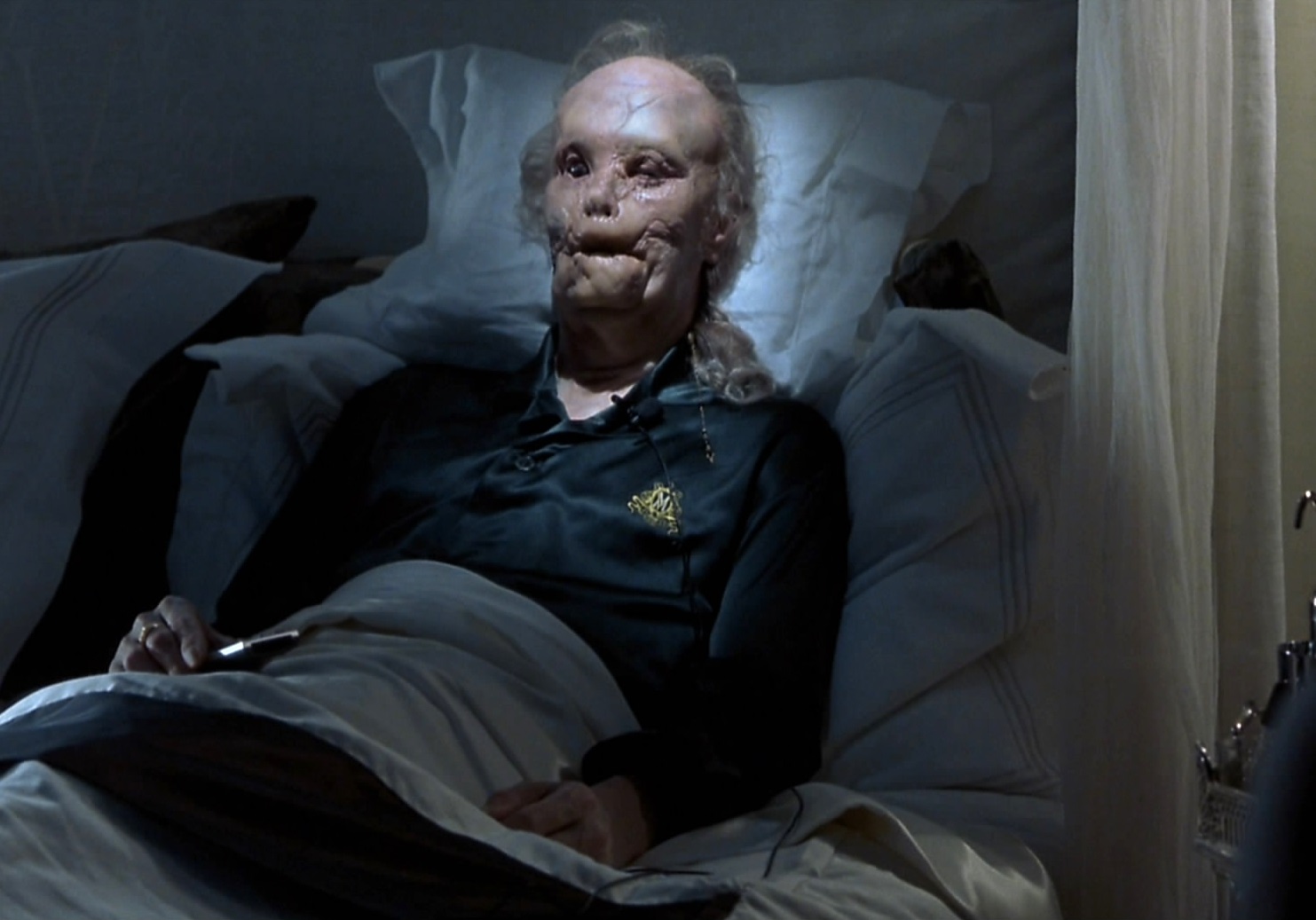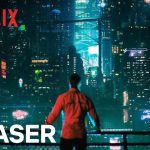”Hannibal (2001)”
- movieslovers
- October 12, 2024

Suggested videos:
Suggested videos:
Suggested videos:
Suggested videos:
Hannibal (2001) is a psychological horror-thriller directed by Ridley Scott, serving as a sequel to the 1991 classic The Silence of the Lambs. The film stars Anthony Hopkins, reprising his iconic role as Dr. Hannibal Lecter, and Julianne Moore, who replaces Jodie Foster as FBI Agent Clarice Starling. Adapted from Thomas Harris’ novel of the same name, Hannibal delves deeper into the twisted psyche of Lecter while exploring his complicated relationship with Starling.
Plot Summary
The story picks up ten years after the events of The Silence of the Lambs. Clarice Starling, now a seasoned FBI agent, is struggling with her career after a controversial raid leaves her at odds with the bureau. Meanwhile, Dr. Hannibal Lecter, who has been in hiding in Florence, Italy, resumes his refined but deadly life under an assumed identity. However, his past begins to catch up with him when Mason Verger (played by Gary Oldman), one of Lecter’s only surviving victims, seeks revenge. Verger, horribly disfigured and obsessed with capturing Lecter, sets a plan in motion to lure him out of hiding using Starling as bait.
As the plot progresses, Lecter returns to the United States, and a cat-and-mouse game unfolds between Starling, Verger, and Lecter, culminating in a dark, shocking, and unsettling climax.
Performances
Anthony Hopkins once again delivers a chilling performance as Dr. Hannibal Lecter, bringing a sense of refinement, intelligence, and sinister charm to the character. Unlike in The Silence of the Lambs, where Lecter’s screen time was limited, Hannibal places him front and center, allowing Hopkins to explore the character’s complexity further. His portrayal balances menace and sophistication, maintaining Lecter’s status as one of cinema’s most iconic villains.
Julianne Moore steps into the role of Clarice Starling, offering a capable performance, though her take on the character feels different from Foster’s portrayal. Moore’s version of Starling is tougher and more hardened, reflecting the passage of time and the weight of her experiences since the events of the first film. While she gives a solid performance, many viewers found it difficult to adjust to the change in actresses, as Foster’s portrayal had become iconic in its own right.
Gary Oldman is nearly unrecognizable as Mason Verger, a character with a deeply disturbing backstory. Disfigured and psychotic, Verger is a grotesque villain who harbors a personal vendetta against Lecter. Oldman’s performance is both horrifying and tragic, bringing a sense of theatrical villainy to the role. His character’s obsession with revenge and cruelty adds another layer of tension to the film.
Cinematography and Direction
Ridley Scott, known for his visually stunning films, brings a sense of style and grandeur to Hannibal. The lush, opulent landscapes of Florence are beautifully captured, providing a stark contrast to the macabre elements of the story. The film’s visual tone reflects Lecter’s refined tastes, with rich colors and elaborate settings that evoke a sense of luxury intertwined with danger.
The scenes involving Lecter’s interactions in Florence, particularly with Inspector Pazzi (played by Giancarlo Giannini), are among the film’s highlights, blending suspense with Lecter’s cultured and manipulative nature. Scott’s direction enhances the tension, but some scenes veer toward the grotesque and sensational, particularly in the film’s more violent moments.
Themes and Tone
Where The Silence of the Lambs focused on the psychological battle between Starling and Lecter, Hannibal shifts its focus to a more overt exploration of the grotesque and the visceral. The film dives deeper into Lecter’s twisted mind, presenting him as both a cultured intellectual and a cold-blooded killer. There is a notable shift from the more restrained horror of the previous film to a more graphic depiction of violence and depravity in Hannibal. The infamous “dinner scene” in the final act is one of the most shocking moments in the film, pushing the boundaries of psychological horror into full-fledged grotesque horror.
One of the central themes of the film is the idea of obsession. Whether it’s Verger’s relentless desire for revenge, Starling’s pursuit of justice, or Lecter’s fascination with Starling, the characters are driven by their respective obsessions, which leads them into dark and dangerous territory. The film also explores the corrupting nature of power and privilege, with Lecter’s refined taste serving as a mask for his monstrous actions.
Criticism and Reception
Hannibal was met with mixed reviews upon release. While the performances, particularly Hopkins’ return as Lecter, were praised, the film was criticized for its excessive violence and departure from the more subtle psychological tension of The Silence of the Lambs. The relationship between Lecter and Starling, which had been based on mutual respect and intellectual fascination in the first film, takes on a more peculiar and uncomfortable tone in Hannibal, which some viewers found unsettling.
The film’s graphic content, including scenes of mutilation and cannibalism, turned off some viewers, while others appreciated Scott’s daring to push the boundaries of horror. The change in tone, from the more cerebral and atmospheric The Silence of the Lambs to the visceral, operatic Hannibal, left fans divided. However, over time, the film has gained a cult following for its bold stylistic choices and its unflinching portrayal of Lecter’s monstrous nature.
Conclusion
Hannibal (2001) is a polarizing sequel that offers a visually striking and intense continuation of the Hannibal Lecter saga. While it lacks the taut, psychological focus of its predecessor, the film compensates with stunning visuals, powerful performances, and moments of shocking horror. Anthony Hopkins’ portrayal of Lecter remains iconic, and the film’s exploration of obsession, revenge, and the grotesque is both fascinating and disturbing. Fans of Ridley Scott’s directorial style and the Hannibal Lecter character will find much to appreciate, but those expecting a more restrained and cerebral follow-up to The Silence of the Lambs may be left unsettled by its graphic and sensationalist approach.
Despite its mixed reception, Hannibal remains a bold and memorable entry in the Lecter filmography, continuing to captivate and horrify audiences with its portrayal of one of cinema’s most notorious villains.











